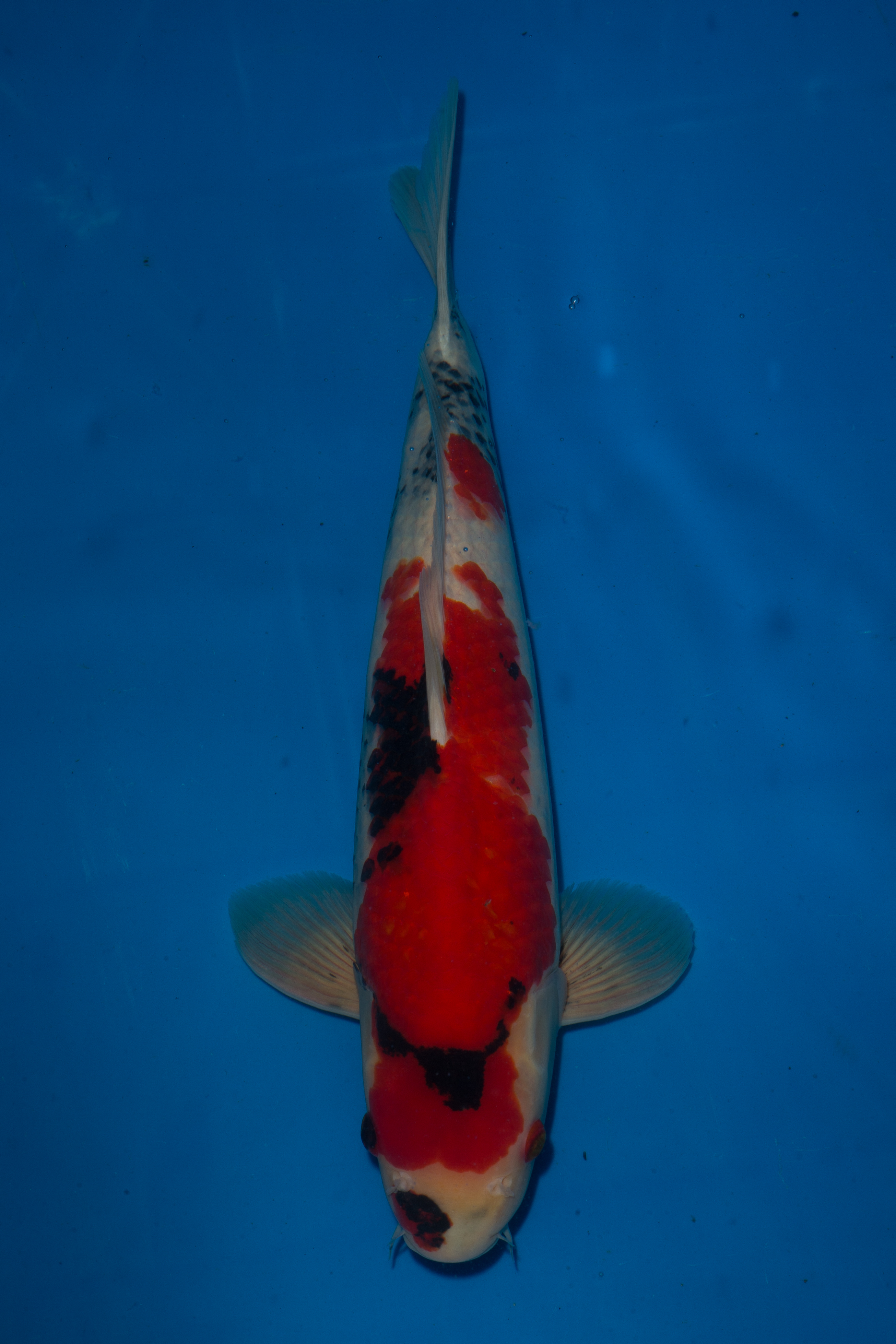
In some cases we think coexistence between animals with very different traits is impossible, but that's not always the case, and especially if we play a part in ensuring they get along. https://www.grandkoi.com/shop/ will take care of your relationship right from the start. It is the case of cats and rabbits coexisting. Taking note of the following will help to ensure everything goes smoothly between the two of them if you welcome them to your home
Can cats and rabbits coexist at the same time?
Cats and rabbits should coexist when they are young and are home at the same time or within a few days of each other.
At that moment, both animals are simultaneously integrating into a new environment, creating their dynamics from scratch at the same time.
When one of the animals arrives, however, the other has been living in the home for a long time or is already an adult.
An adult cat may react against the rabbit when the rabbit arrives and the cat is already an adult. The danger will be greater if his predatory instincts emerge on the surface.
As for the cat, if the puppy arrives when the rabbit is already an adult, it might attack the dog at some point, since rabbits and cats coexist in nature.
Thus, the ideal situation would be for both to arrive simultaneously. It will therefore be easier for cats and rabbits to live in harmony and in harmony with each other.
These tips will help if you don't.
Assumptions 2 and 3 will be discussed in more detail below. When cats and rabbits arrive later, what should be done to achieve optimal coexistence.
Because rabbits are extremely sensitive to changes, stress can appear very easily. In https://grandkoi.com/shop/ , coming home, his new cage, and his new surroundings will be enough stress for him if he is not given enough time to adjust.
It will be necessary to allow the rabbit to get accustomed to the new home before introducing the other pet.
Contact should be made gradually when introducing the cat. You will supervise the cat as it approaches the rabbit in its cage.
No animal should be allowed to put its paws in the cage, not even a puppy that wants to play.
Rabbit cages should be wide not only to keep them comfortable, but also to prevent them from being trapped, and to allow the cat to observe them and learn about them.
During the first contact, you shouldn't wait too long. Neither animal, especially the rabbit, should suffer as a result of it. Over time, they will become familiar with each other's smells and movements.
As both become used to each other (the rabbit won't run for refuge when seeing the cat, for instance), direct contact can begin without bars.
As long as they are not truly adapted to each other, there may be unpredictable reactions.
It is ideal not to force contact, as was the case in the previous case. Even though the rabbit is already familiar with its surroundings, its weakness makes it best that it stays in the cage when it meets the new member of the family, despite its already familiar surroundings.
To ensure both animals get used to each other's presence, contact must be progressive and supervised.
In the second phase, you can begin direct contact after the visual and olfactory contacts have normalized.
In any case, it is essential that the rabbit's safety be assured in the room where it is going to be free when it is taken out of the cage. If he feels it necessary, he can also take refuge in the open cage if you always leave it within reach.
Patience is essential when developing and maintaining a good coexistence between cats and rabbits. Although getting used to living together won't happen in a day, it is very possible.
